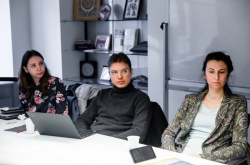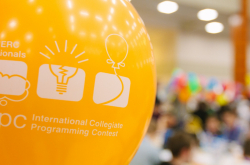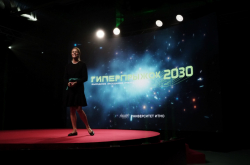Science always comes hand in hand with the economy. It’s especially evident now, in the age of a science-based industry. The academic community deals with economic questions – for example, how to generate knowledge more efficiently? In order to discuss this topic, ITMO experts gathered at the stand of the Russian Ministry of Science and Higher Education. Among them were Klavdiya Bochenina, senior researcher of the National Center for Cognitive Research, Alexandr Kapitonov, dean of the Faculty of Infocommunication Technologies, Alexey Slobozhanyuk, dean of the Faculty of Engineering Research, and Alexander Boukhanovsky, head of the School of Translational Information Technologies. The discussion was moderated by Alexander Atrashchenko, ITMO University’s advisor to the vice rector for research.
How to conduct scientific and research activities in the modern world? The formation of small research teams led by principal investigators (PI) seems to be the answer, but how efficient is this solution? How do you evaluate a PI and their team? How is the assessment of scientific results related to the impact of research on society? How to manage processes and distribute resources in a research project? Specialists of ITMO University know the answers – it’s all about the digital world.
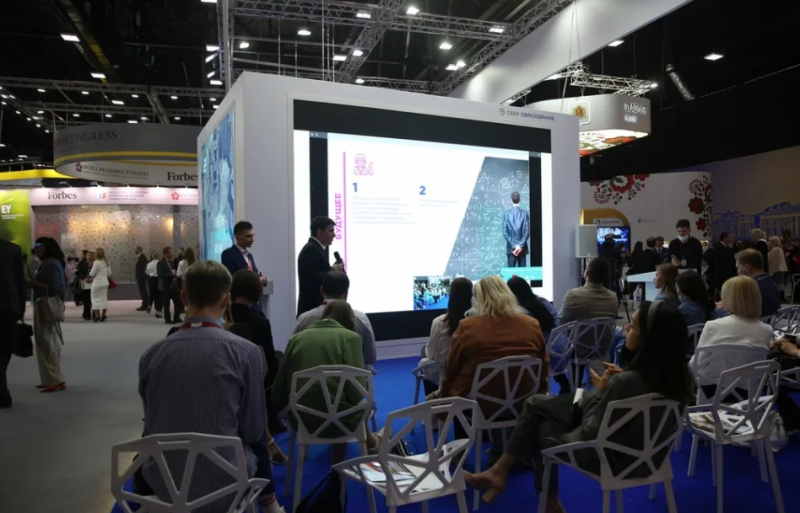
ITMO experts at the St. Petersburg International Economic Forum
Today, many fields use platforms that help assess the efficiency of projects, distribute resources, and create a digital image. Experts from ITMO University believe that these tools should be also used in science, and therefore they proposed to implement a digital metaspace into research activities. This should help form new processes of knowledge production, design an efficient system for distribution of resources (including human), and launch scientific projects with transparent expertise.
Such a digital tool might be created on the foundation of a collaborative platform of digital avatars for PIs and research teams. Each member of the digital metaspace will be given a mobile digital helper (avatar). The avatars are connected by a network that distributes digital objects – from articles and projects to datasets. An avatar recommends relevant information in accordance with a researcher’s interests and projects. It also helps find co-authors/experts and disseminate the results of a research team in the digital metaspace. The avatar network will help bring together traditional tools of efficiency assessment of researchers (scientometric scores of scientists and research teams) and new reputational mechanisms based on the evaluation of various activities performed by a PI or research team in the metaspace. Klavdiya Bochenina shared how such a tool can look:
“What kind of a tool is that? It’s based on dynamic graphs of knowledge that are created by users of the digital metaspace. The main goal of the digital metaspace is to help produce knowledge. That’s why PIs should have a tool to observe research from different points of view and not only look for information but also contribute to ideas, methods, and practices. We want to create a tool that can fit into your pocket. Here’s how it works: you’re engaged in a specific research field and you study a scientific idea, read articles, analyze data, and design models. You can choose which field or which scientific trend interests you at the moment and the avatar will connect you with people who are thinking about the same stuff.”
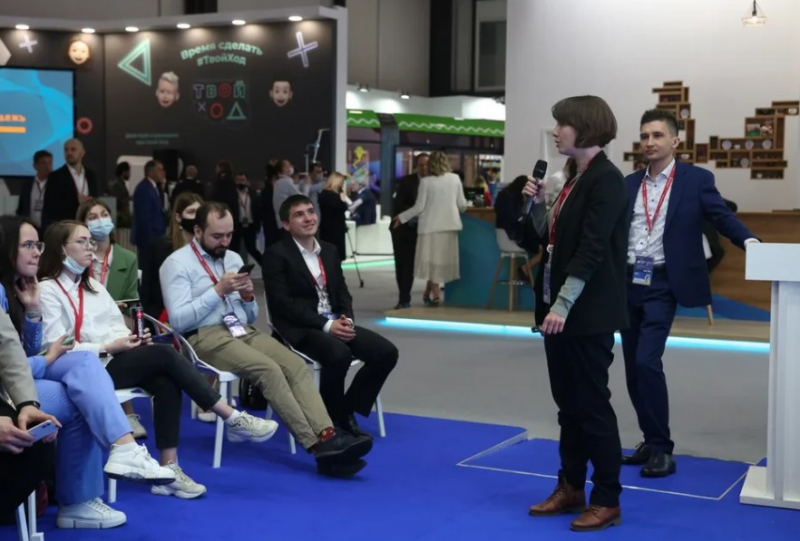
Klavdiya Bochenina
Such a metaspace will produce a platform for the formation and development of hubs consisting of experts and researchers. It also provides new opportunities for authorities – successful scientific practices will be preserved and shared with other researchers as graphs and other digital objects.
Alexey Slobozhanyuk noted that one of the most valuable features of this tool is the opportunity to work with the academic community at different levels, from labs to ministries and global organizations. At each level, the tool will help solve corresponding problems. In the case of a lab, it can be something related to the improvement of the distribution of human resources around a scientist (less paperwork; control of resources and business processes). At the ministry level – issues related to analytics, predictive control, and the need to determine and support prominent scientists of the future. In such a manner, you can follow the processes at different levels. Another advantage of a digital metaspace is the opportunity to look for workers to employ in research projects all over the world, taking into account their competencies and compatibility:
“How do you find people who work at the frontier of the field? Our system will help highlight scientists who are engaged in breakthrough research – not only the current international leaders but also young and promising ones,” says Alexey Slobozhanyuk.
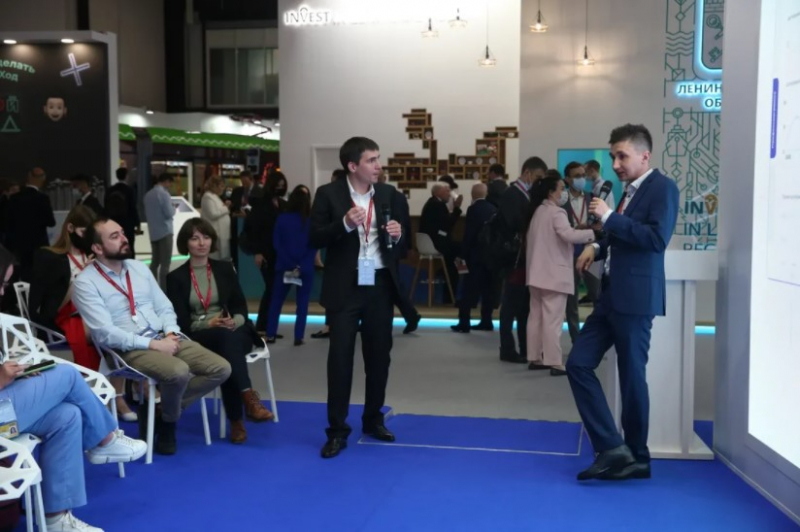
Alexey Slobozhanyuk and Alexander Atrashchenko
Transparency of research processes is also important, in particular – when it comes to grants. Alexandr Kapitonov noted that it can be provided by “digital rubles”:
“Determination of the grant winner can be performed using strict mathematical formulas as part of the smart contract. Then, money will be sent automatically to the winner’s account – the process of financial distribution in the digital ruble system is fully transparent and doesn’t require an audit,” he explains.
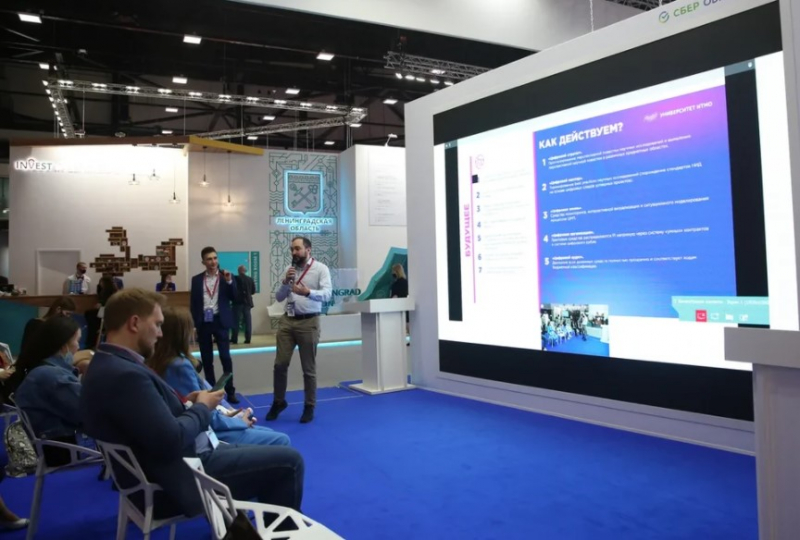
Alexandr Kapitonov
The metaspace also solves another aspect of research activities – administration of the processes.
“As of now, heads of research teams spend about 60% of their time on administrative duties. They’re basically managers. There are many reasons behind that – from the need to conduct research through legal bodies (which is followed by subsequent regulatory limitations) to the need to spend most of the day on paperwork. We want to make this process less time-consuming,” concluded Alexander Atrashchenko.
How do we start to create such a digital metaspace? It can be built on the foundation of microservices that can be scaled up over time. For starters, it’s important to connect assistants with various databases and create recommendation systems. Moreover, one of the first steps should be the implementation of services for browsing scientific papers and connecting people. The opportunities for future growth and transformation of the digital metaspace are limitless.


